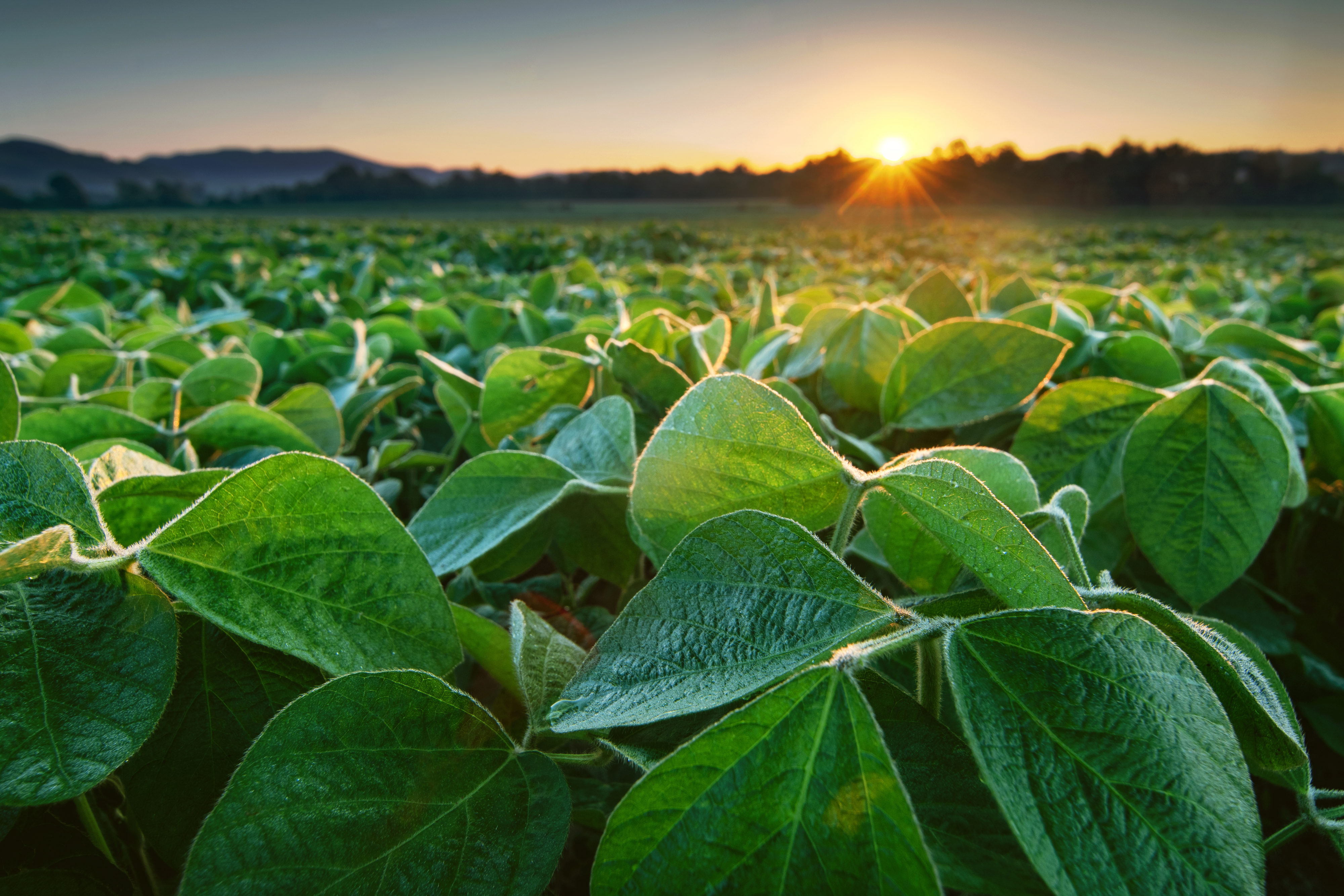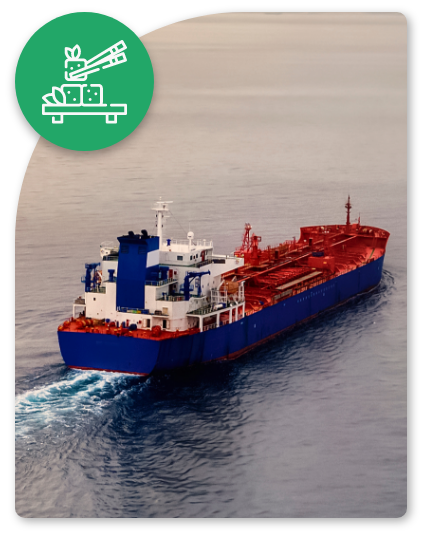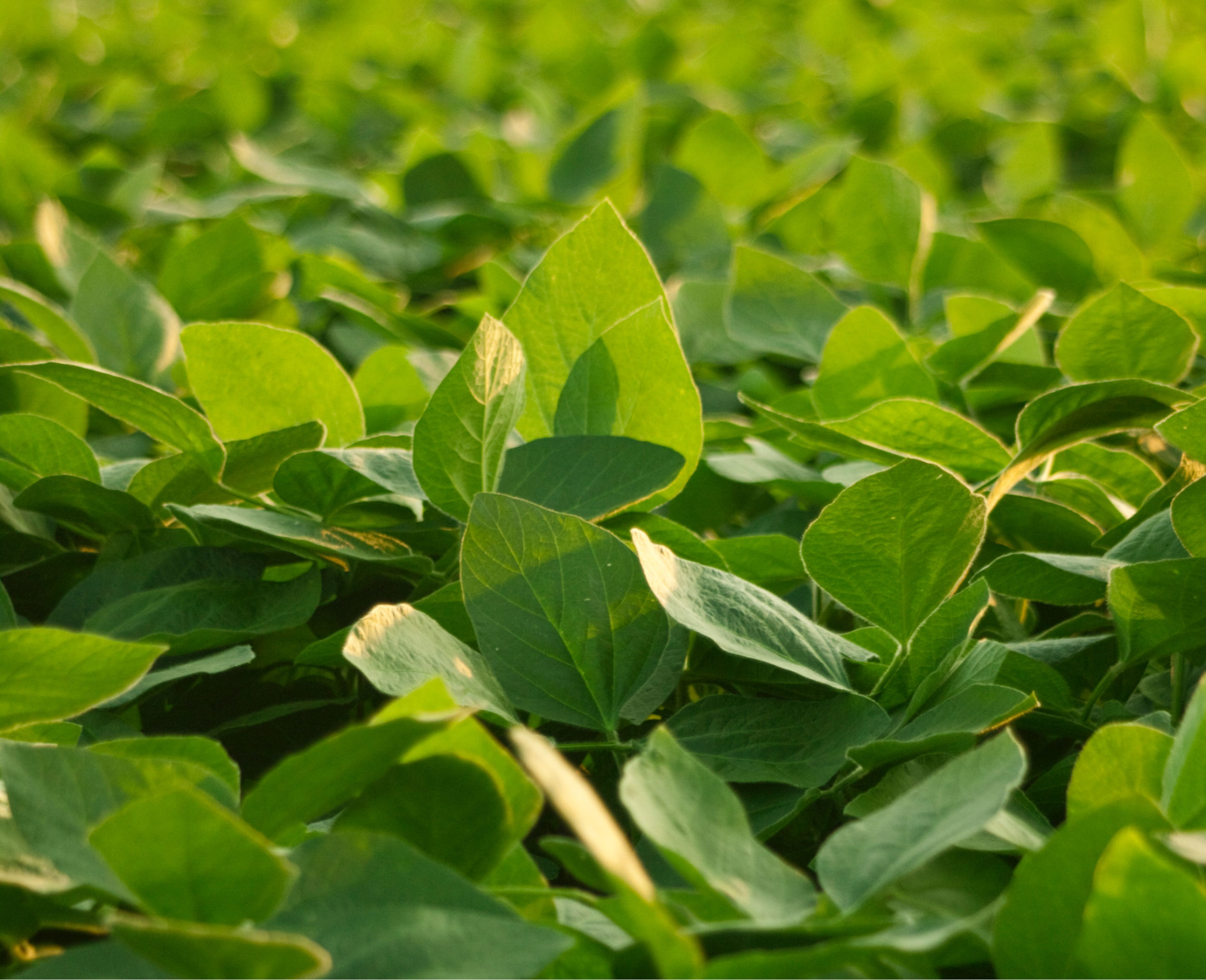
Press Release
Inaugural U.S. Soy Sustainability Assurance Protocol Annual Report Released
ST. LOUIS, MO – April 2, 2024 -The U.S. Soy Sustainability Assurance Protocol (SSAP) has released The Positive Momentum of…
UPCOMING EVENTS

Our Vision
U.S. Soy is a trusted, sustainable source of nutrition and energy worldwide
The U.S. Soybean Export Council (USSEC) focuses on differentiating, elevating preference, and attaining market access for the use of U.S. Soy for human consumption, aquaculture, and livestock feed in 80+ countries internationally. USSEC members represent the soy supply chain including U.S. Soy farmers, processors, commodity shippers, merchandisers, allied agribusinesses, and agricultural organizations. USSEC is funded by the U.S. soybean checkoff, USDA Foreign Agricultural Service (FAS) matching funds, and industry.
OUR STRATEGIC GOALS
1. DIFFERENTIATE
Differentiate the quality and value of U.S. Soy from other nutrition and energy products.
2. ELEVATE
Collaborate with partners across the U.S. supply chain to elevate a preference for U.S. soy products in existing markets and spark demand in worldwide markets.
3. ATTAIN
Attain access to markets for U.S. Soy through cooperation with a variety of diverse global stakeholders.
